Humza Yousaf has fired the starting gun on the next election, but his strategy has left his SNP colleagues scratching their heads red raw, and it is easy to see why.
Yousaf’s first move was to predicate the SNP’s campaign on a desire to create a “Tory-free Scotland”.
Putting aside the sinister aspect of this – not least given around one in five people in Scotland still support the Conservatives – it makes little sense as a message.
It ignores the greatest threat to the SNP – the Labour Party – entirely.
It focuses the SNP’s campaign on a relatively small number of seats, in a relatively confined geographic area.
And it is fundamentally illogical, not least because it is clearly the Labour Party that is the only party that can actually make Scotland, and the UK, “Tory free”.
But Yousaf was not content with baffling his colleagues with just that.
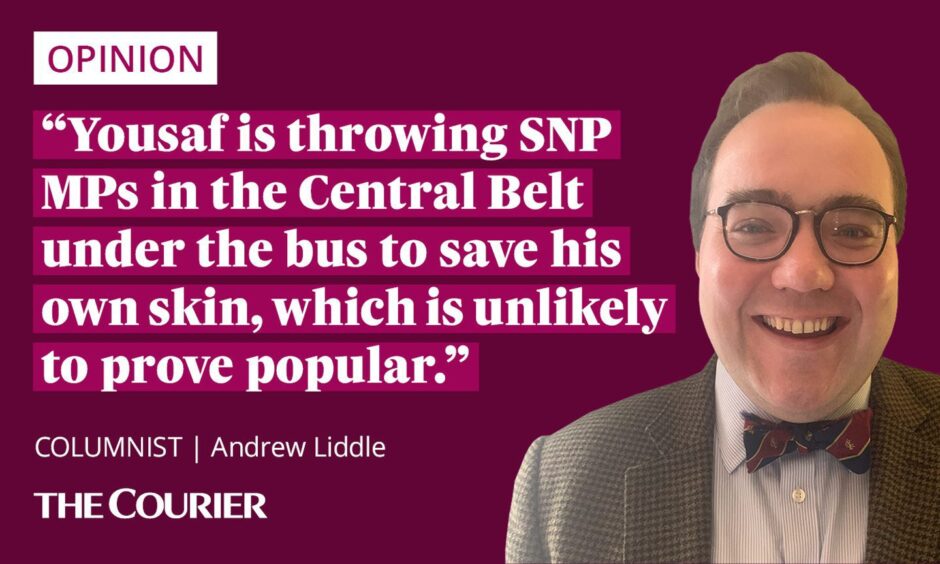
Only a day later, he made his second seemingly inexplicable announcement: that his government would seek to ban conversion therapy. It should be stated at the outset that conversion therapy is an abhorrent practice and few – if any – people would have an issue with banning it in principle.
But the problem, as ever, with the SNP’s proposal is that it does not deal with only the principal issue, but strays into other territory entirely.
As the Catholic Church in Scotland has put it, Yousaf’s proposal as it stands risks “criminal[ising] advice or opinion given in good faith”.
Given the similar issues the SNP has had with badly drafted legislation – not least the recent row over the Gender Recognition Reform Act – it seems a curious battle to pick.
Humza Yousaf has SNP more confused than enthused
Thus, it was understandable that, after these two announcements, SNP parliamentarians were left – like the public writ large – more confused than enthused.
As one SNP MSP commented: “[Recently] we were told that we needed to be fighting on bread-and-butter issues, and the first thing we have done on our return to parliament is conversion therapy. It is flat. There is a mood of hopelessness about, no fire in the belly, it is not good.”
The question, then, is what on earth is Yousaf doing? One straightforward answer that looks increasingly plausible is that he does, in fact, have no idea what he is doing.
Instead, much like his Conservative counterparts in Westminster, he is saying anything and everything in the hope that something – anything – sticks.
But there is another way to explain Yousaf’s decisions: that, in fact, he is not focusing on the General Election at all, but the next SNP leadership election.
Viewed in that context, his announcements over the last week begin to make a lot more sense.
Firstly, there is the point about creating a “Tory-free Scotland”.
The Conservative Party currently only hold six seats in Scotland, concentrated around the Borders and the north east, where the SNP is their only challenger.
Like the SNP, the Conservatives have been in government for many years and are increasingly unpopular.
Therefore, the SNP unseating Tory MPs – while by no means guaranteed – is a far easier ask than stemming the resurgence of Scottish Labour.
Thus, Yousaf’s announcement was not about creating a strategy that will win the SNP a General Election, but managing expectations to such an extent that he can better fend off a seemingly inevitable leadership challenge after the SNP’s defeat.
Secondly, there is the point about conversion therapy.
When Yousaf is challenged after the General Election, it is certain Kate Forbes, his erstwhile rival, will be among those seeking to replace him. Forbes was criticised during the 2023 SNP leadership election for her views on social issues – indeed, she indicated she would not support a ban on conversion therapy – and, given the narrowness of Yousaf’s eventual win, it seems likely her conservative social views were a decisive factor in the outcome.
By bringing conversion therapy to the fore, Yousaf is therefore placing down a clear ideological marker between him and Forbes in the hope of galvanising the SNP members who backed him previously. Revealingly, when the proposed ban on conversion therapy was announced last week, it was suggested legislation would not be brought forward this year, meaning it will be very much a live issue in any post-General Election SNP leadership.
Of course, understanding Yousaf’s motives will not makes his colleagues any more enamoured with them.
On the contrary, he is throwing SNP MPs in the Central Belt under the bus to try and save his own skin, which – to put it mildly – is unlikely to prove popular.
Equally, he is prioritising policies that have more to do with party than country, which is unlikely to lead to either good legislation or wider popularity.
In truth, neither measure seems likely to be enough to save Yousaf. But it is revealing in itself that, even a probable 10 months away from a General Election, self-preservation is already Yousaf’s priority.
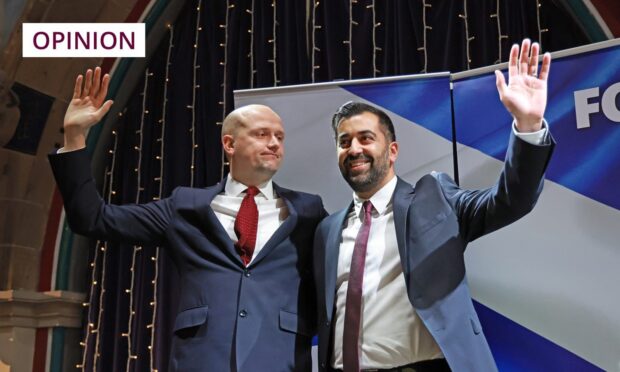

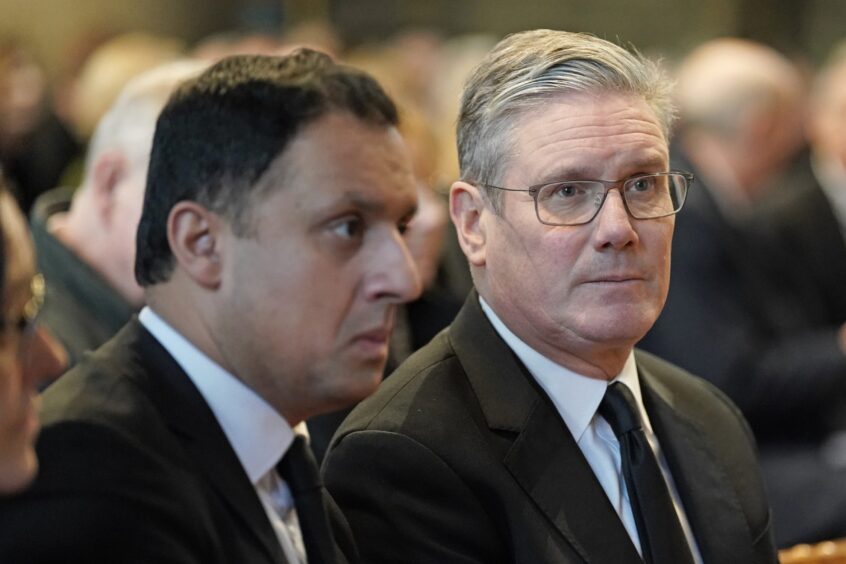

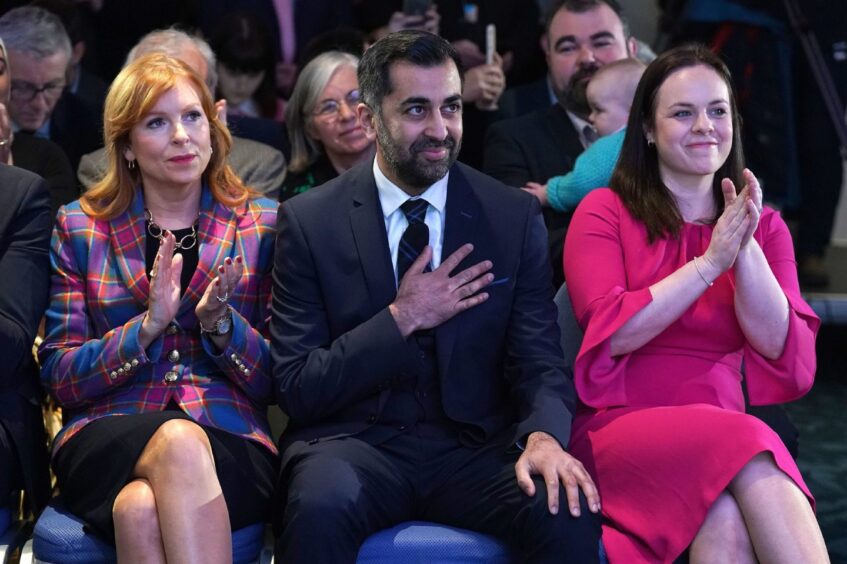



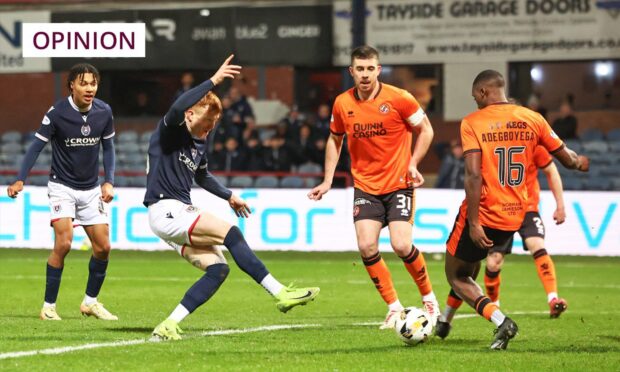
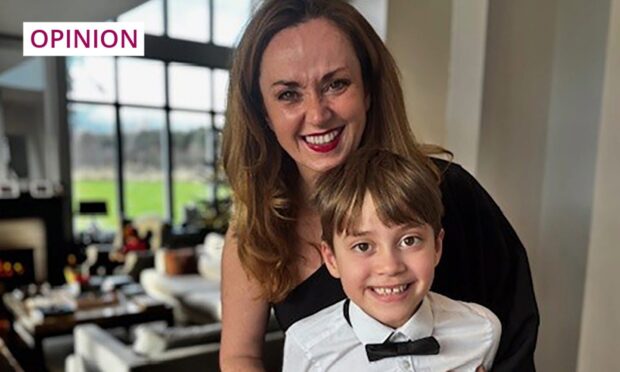
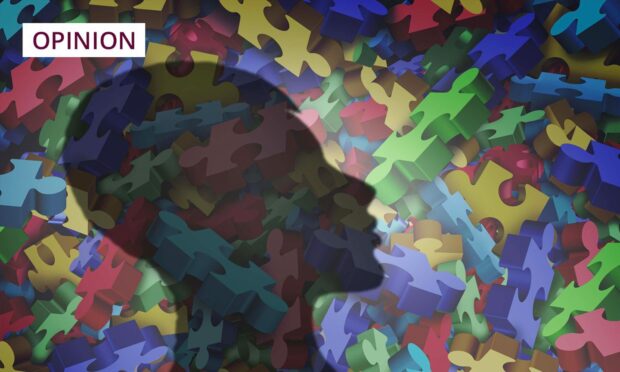
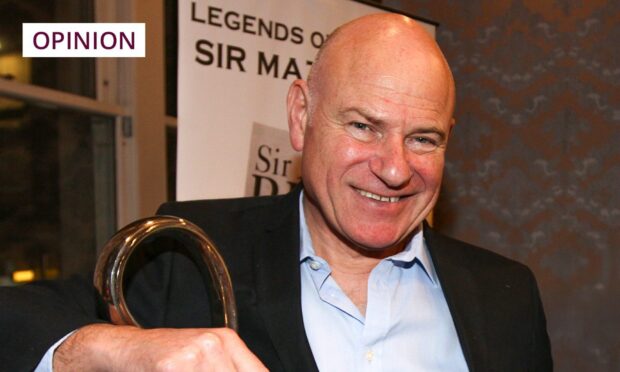

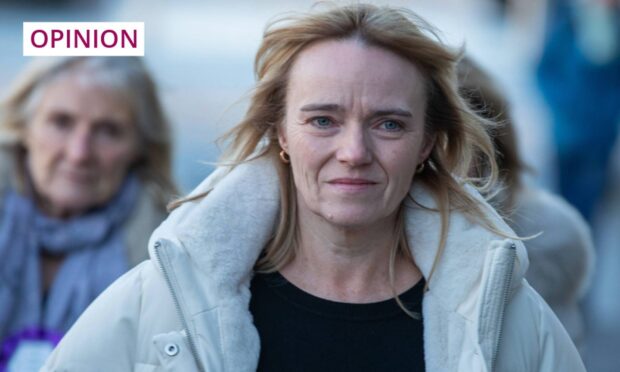
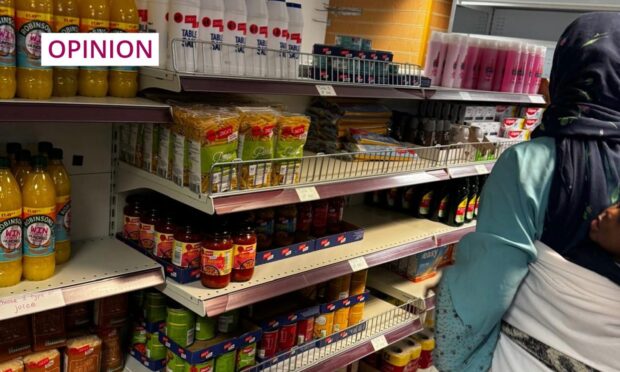
Conversation